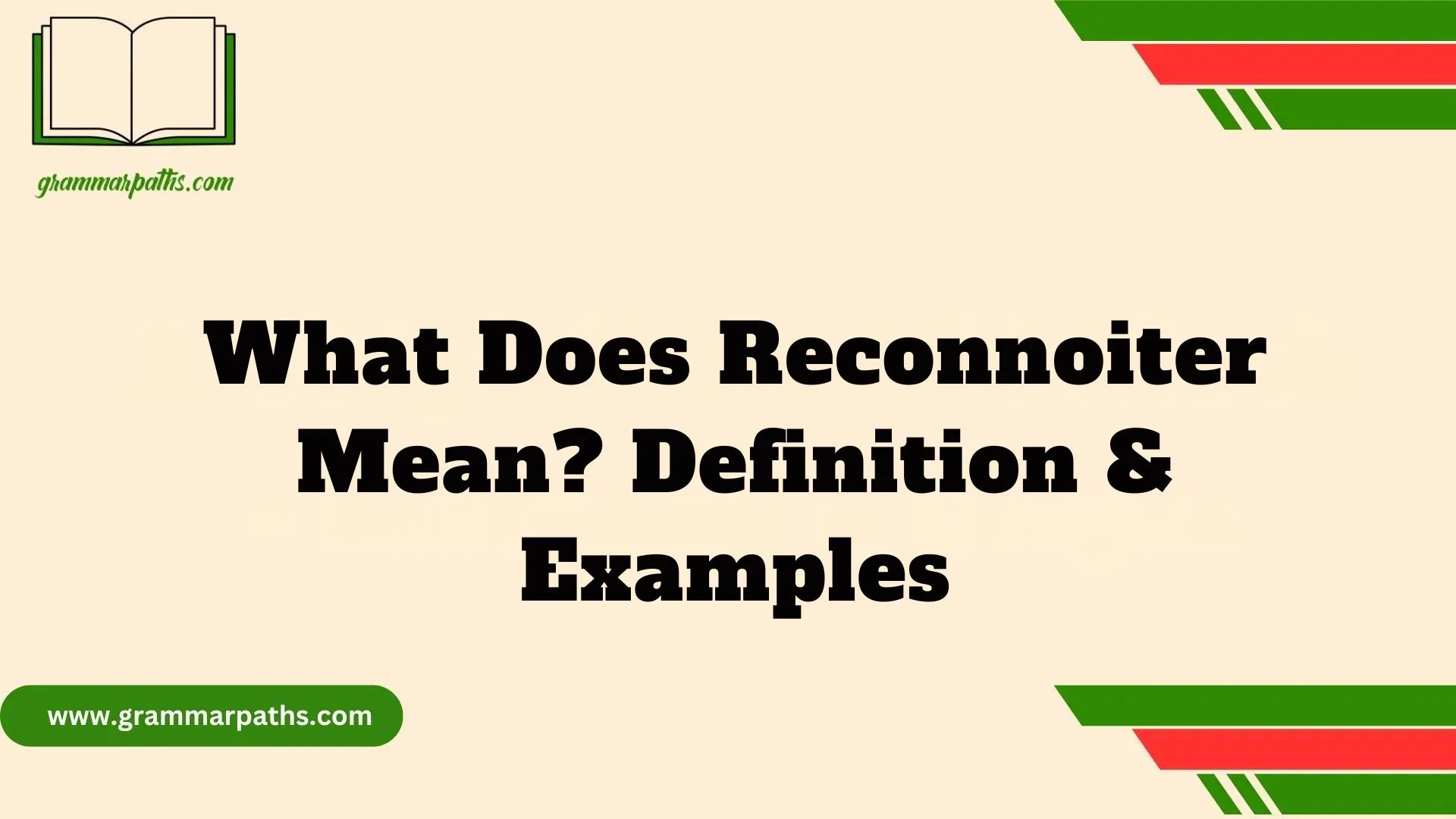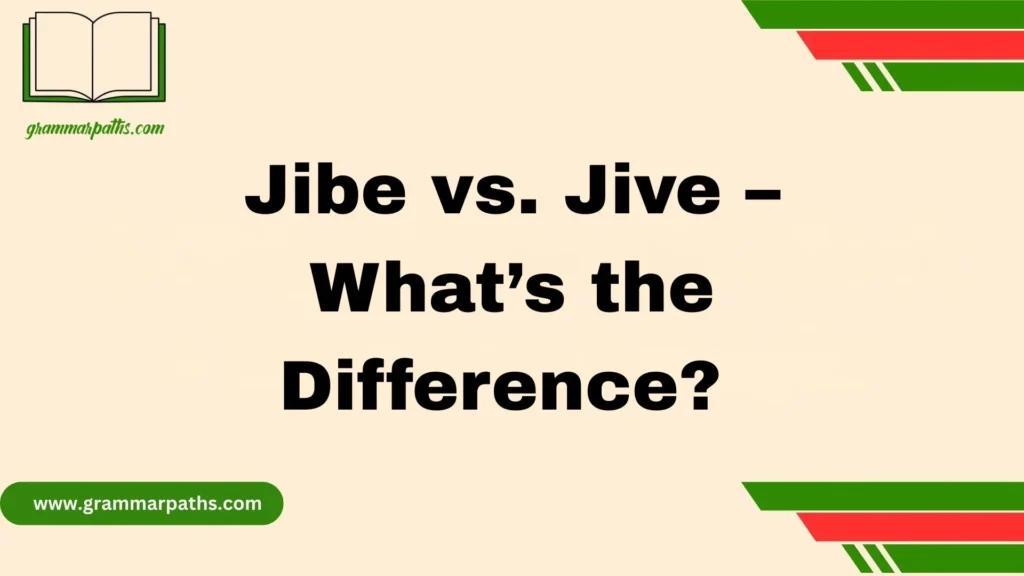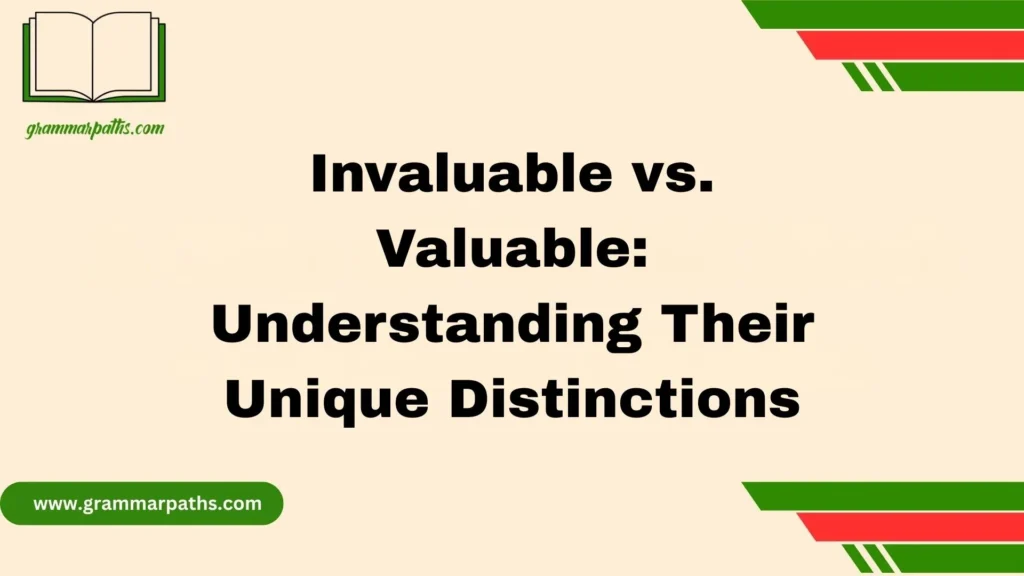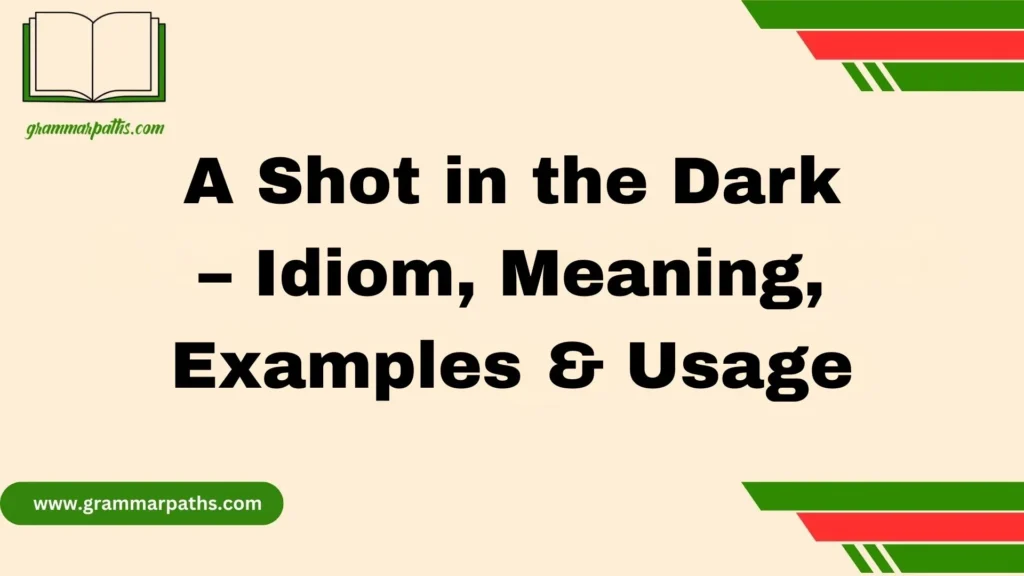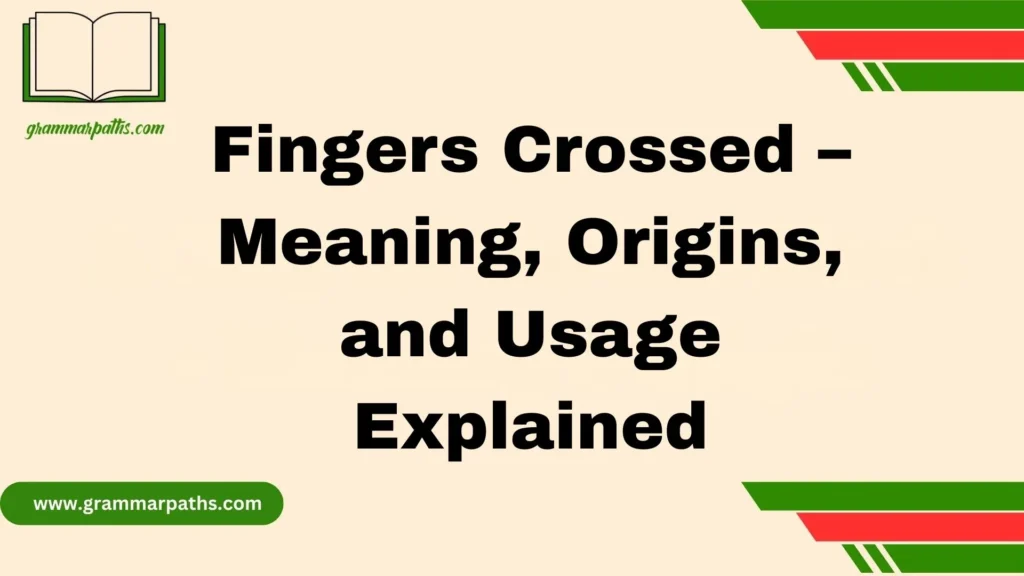I learned early in my career how strategic movement through unfamiliar terrain could define the outcome of a mission. In the world of military tactics, to reconnoiter means more than simply walking through a field—it’s about moving with purpose to gather intelligence quickly and quietly. Whether using aerial drones to observe enemy activity or deploying ground scouts to identify weak points in defenses, every action is part of a larger plan. “What Does Reconnoiter Mean?
From my experience, recon missions are extremely time-sensitive. You must operate with stealth, perfect coordination, and precise communication to avoid detection. I’ve seen teams work like clockwork, mapping logistical routes or pinpointing potential threats with stunning efficiency. Every moment counts when lives and outcomes are on the line, and to reconnoiter is to think ahead and act with clarity. It’s not just about seeing—it’s about seeing strategically.
What Is the Meaning of Reconnoiter?
Simply put, reconnoiter means to inspect or survey an area—usually for gathering information before taking action. It’s a strategic move, often used in military or tactical situations, but today, it also pops up in tech, business, and even gaming.
According to Merriam-Webster, reconnoiter means:
“To make a reconnaissance of something, especially to survey or inspect an area to gain information.”
- Part of Speech: Verb
- Pronunciation: /rek-uh-NOY-ter/
- UK Spelling: Reconnoitre
Think of it this way: if you’re checking out a place not just for fun, but to analyze, observe, and plan, you’re reconnoitering.
Etymology and Origin of Reconnoiter
The word reconnoiter has its roots in Latin and French.
- From Latin recognoscere – meaning to examine or recognize
- Adopted by Old French as reconnaître
- Entered English in the 17th century, mainly through military use
Back in the 1700s, generals used the term in field reports. By the 1800s, it was standard vocabulary in war strategies and explorations.
Over time, it expanded beyond warfare and into other fields like exploration, strategy, and eventually—modern business and tech.
Historical Use of Reconnoiter in Warfare and Exploration
Throughout history, reconnoitering has been vital to success in both war and discovery. Let’s look at some powerful examples:
American Civil War
Union generals often sent scouts to reconnoiter Confederate positions. In some cases, they used hot air balloons for aerial reconnaissance—cutting-edge at the time!
World War II
Before the D-Day invasion, Allied forces conducted extensive reconnoiter missions. From parachuting behind enemy lines to aerial photography, these missions shaped battle plans.
Modern Military Use
Today, armed forces use drones, satellites, and AI to reconnoiter areas from thousands of feet above. It’s fast, high-tech, and extremely effective.
“Reconnaissance is the eyes and ears of the battlefield.” — U.S. Army Field Manual
Synonyms and Related Terms for Reconnoiter
While reconnoiter is a unique word, some terms come close in meaning. But each has a specific use case.
Here’s a comparison:
| Word | Meaning | Formality | Common Use |
| Scout | To explore or look ahead | Neutral | Military, Sports |
| Survey | Detailed examination or measurement | High | Engineering, Mapping |
| Inspect | Close review to check for flaws or accuracy | Neutral | Safety, Quality Control |
| Probe | Investigate carefully and sometimes secretly | High | Tech, Intelligence |
| Recon | Informal version of reconnoiter | Casual | Gaming, Military Slang |
Key takeaway:
Use “reconnoiter” when you want to describe a strategic and purposeful survey, not just casual observation.
Reconnoiter in Modern Contexts: Beyond the Battlefield
The word may have military roots, but today, reconnoiter is used in many industries. Here are a few examples:
Business and Strategy
- A company might reconnoiter the market before launching a product.
- Entrepreneurs often analyze competitors—essentially a recon mission for business.
Cybersecurity
- Ethical hackers conduct digital reconnaissance to test systems.
- Tools like Nmap or Wireshark help them reconnoiter vulnerabilities.
Emergency Services
- Firefighters or search-and-rescue teams often reconnoiter disaster zones.
- Drones help them survey buildings or terrain before sending in crews.
Outdoor Adventure & Survival
- Campers, hunters, and survivalists use reconnoitering to find water, shelter, or safe routes.
- It’s a key step before setting up camp or exploring further.
How to Use Reconnoiter in a Sentence
It’s a formal-sounding word, but it fits well in both professional and everyday conversations.
Everyday Examples
- “Let’s reconnoiter the hiking trail before we head up.”
- “I reconnoitered the neighborhood before signing the lease.”
Business Use
- “The team reconnoitered the competitor landscape to find a market gap.”
- “Before expanding, we need to reconnoiter our target region.”
Creative/Fictional Use
- “The spy reconnoitered the rooftop with night-vision binoculars.”
- “She reconnoitered the room before making her move.”
Verb Forms
| Tense | Example |
| Present | I reconnoiter the site. |
| Past | They reconnoitered enemy territory. |
| Continuous | We’re reconnoitering the situation now. |
Common Mistakes and Misunderstandings
Even seasoned writers sometimes misuse this word. Let’s clear that up.
Common Confusions:
- Reconnoiter vs Reconcile: Not even close. Reconcile is about resolving conflict; reconnoiter is about scouting.
- Spelling errors: Watch for incorrect versions like reconiter or reconoid.
- Overuse in casual talk: Using “reconnoiter” to describe walking into a coffee shop sounds overly formal.
Tip:
Use “recon” in casual settings and save “reconnoiter” for more formal or strategic discussions.
Reconnoiter vs Other Terms: A Side-by-Side Comparison
Here’s a cheat sheet to help you choose the right word depending on your context.
| Word | Intent | Use Case | Formality |
| Reconnoiter | Strategic surveying | Military, Business, Tech | High |
| Scout | Exploration, pathfinding | Sports, Adventure | Medium |
| Observe | Passive viewing | General situations | Low |
| Inspect | Look for faults | Quality checks, audits | Medium |
Real-Life Examples of Reconnoiter in Action
Let’s explore real-world cases where reconnoitering played a key role.
Case Study 1: US Special Forces in Afghanistan
Before launching an airstrike, forces used high-altitude drones to reconnoiter terrain, identifying civilian areas and enemy hideouts. The precision led to zero unintended casualties in the strike.
Case Study 2: Tech Startup Recon
In 2023, a cybersecurity startup reconnoitered existing VPN services to analyze customer complaints and missing features. They launched with a focused product and gained 25,000 users in 6 months.
Case Study 3: Gaming Strategy
Professional e-sports teams reconnoiter maps and enemies before matches. In competitive games like Valorant or Call of Duty, recon wins games.
Idioms and Phrases Using Reconnoiter and Recon
You’ll often hear variations of the word used in slang or idioms. Here are a few common ones:
- “Let’s do a quick recon” – a brief scan of a place
- “Recon mission” – task to gather information
- “Recon the area” – to scout or examine a location
These phrases are especially popular in gaming, military talk, and action films.
“Alright team, recon the building before breaching.” – Common line in tactical shooter games and military shows
Why It Matters: The Power of Language Precision
Choosing the right word isn’t just about sounding smart—it’s about communicating clearly and with purpose.
Using reconnoiter instead of “look around” or “check out” tells your audience:
- You mean business
- You’re being methodical
- There’s a strategic reason behind your actions
This matters in reports, presentations, and even high-stakes conversations.
Quick Recap: Key Takeaways on Reconnoiter
Here’s what you should remember:
- Definition: To strategically survey or inspect before action
- Origin: From Latin and French, adopted into English military use
- Modern Use: Military, business, tech, rescue, adventure
- Examples: Used by special forces, startups, cybersecurity teams
- Variations: Often shortened to “recon” in casual settings
- Why it matters: Adds clarity and professionalism to your language
Conclusion
To reconnoiter is to take action with your eyes wide open. Whether you’re navigating an unfamiliar neighborhood, planning a military mission, or conducting a business analysis, the goal is the same: collect the right information, stay alert, and make informed decisions. From ground scouts detecting weak points to parents assessing schools, the spirit of reconnoitering is alive in everyday life. It’s not just a military term—it’s a mindset that values observation, strategy, and situational awareness. With tools like aerial drones, detailed inspection, and a forward-thinking approach, you’re not just moving—you’re moving smart. In today’s world, being prepared and observant isn’t optional—it’s essential.
FAQs About Reconnoiter
Q1: What does “reconnoiter” actually mean?
A: The word reconnoiter means to observe, inspect, or examine an area—especially new or unfamiliar terrain—to gather intelligence before taking action.
Q2: Is reconnoitering only used in the military? A:
No. While it has military roots, it’s used in many areas today, like business, education, and even when moving to a new neighborhood or scouting for schools.
Q3: What’s an example of reconnoitering in daily life?
A: Checking out a new city before moving, walking through a new suburban street, or reviewing transport options are all civilian forms of reconnoitering.
Q4: What tools help with reconnoitering?
A: Tools like aerial drones, maps, GPS apps, and even walking the area help people observe and gather information effectively.
Q5: Why is stealth important in recon missions?
A: In military or high-stakes situations, being stealthy helps avoid detection, ensuring efficiency, coordination, and mission success.
Q6: Can businesses use reconnoitering techniques?
A: Absolutely. Businesses often inspect markets, gather intelligence, and identify potential threats before launching a product or entering new regions.

Emma Brooke is a passionate language expert and contributor at GrammarPaths.com, where she helps learners navigate the complexities of English grammar, idioms, and effective writing. With a strong academic background and years of teaching experience, Emma excels at turning tricky grammar rules into simple, practical lessons that readers can easily grasp.
